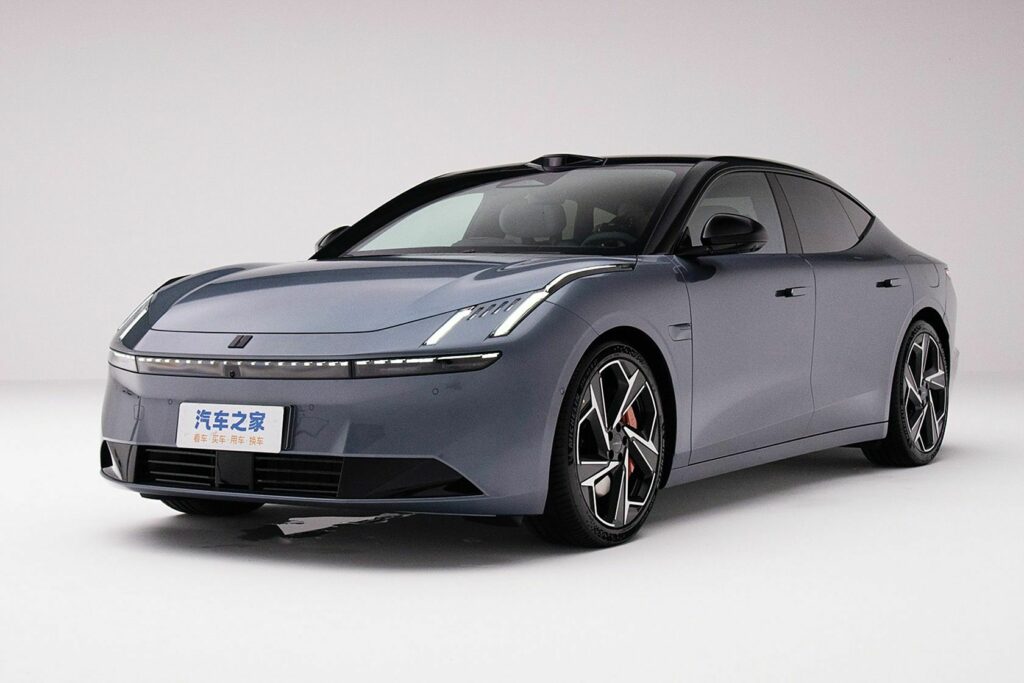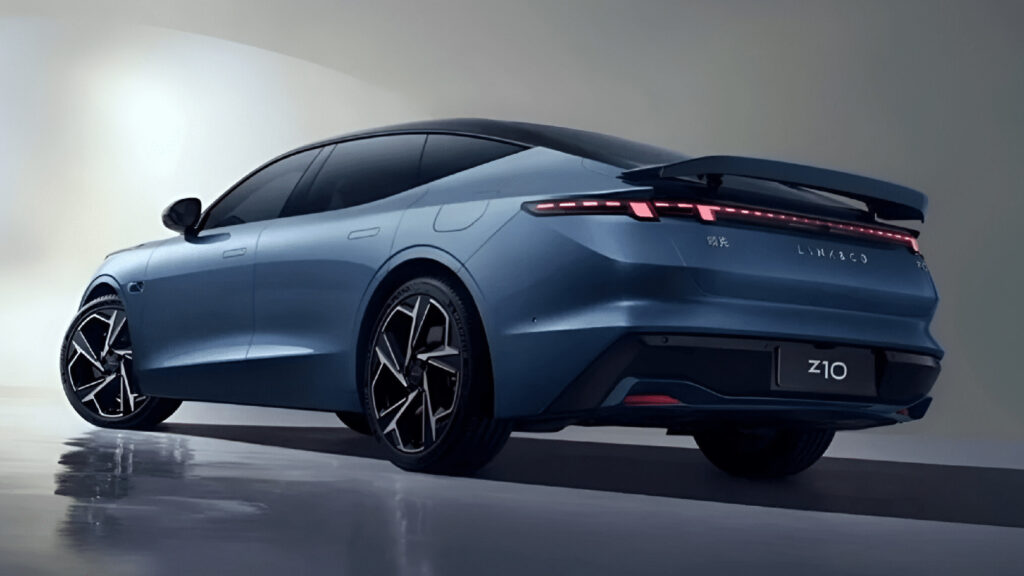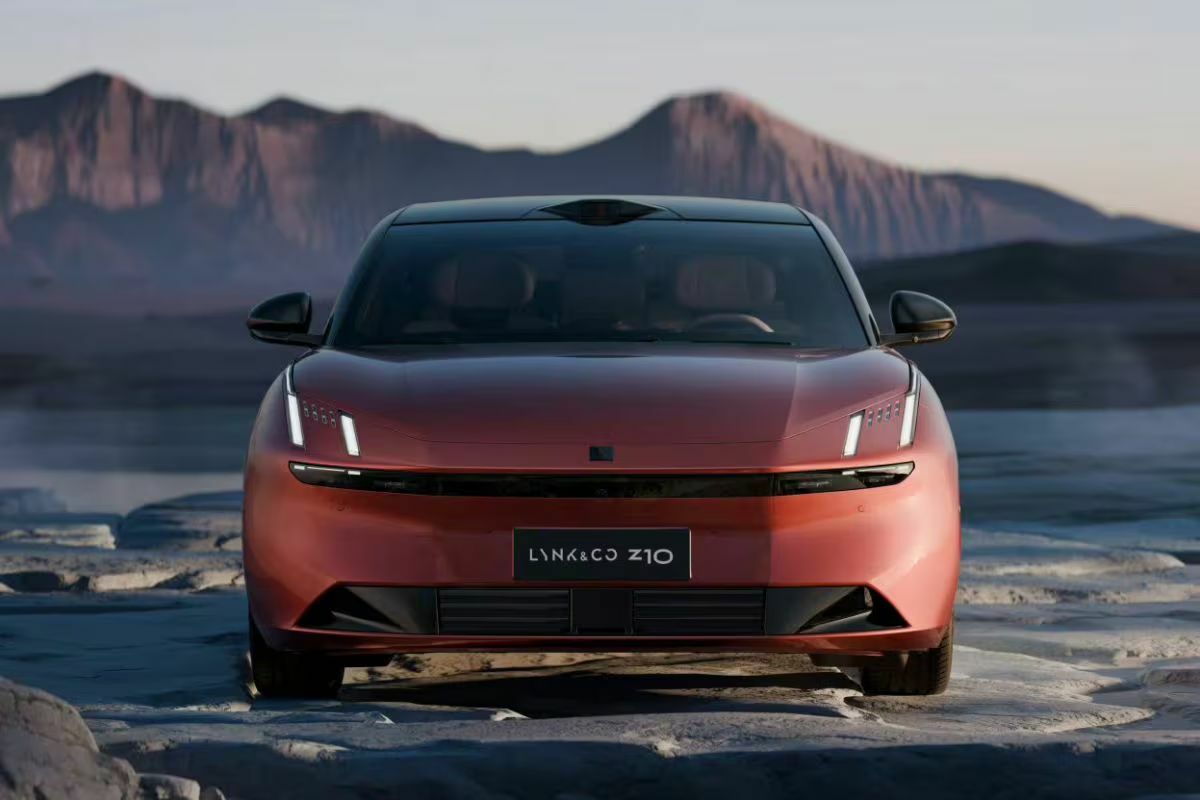- The EV can hit 62 mph in 3.5 seconds and travel over 497 miles on a charge.
- An 800-volt electrical architecture enables ultra-fast charging.
- Much of the car’s design has been borrowed from the 07 EM-P.
This is the latest all-electric vehicle from Lynk & Co, one of the many brands operating under the Geely umbrella. It’s known as the Z10 and has been launched as the firm’s flagship sedan. Like many other new EVs coming out of China, it promises to be big on tech, offering a compelling driving range and some serious performance.
The Z10 is slightly larger than a Tesla Model S, measuring in at 5,028 mm (197.9 inches) long, 1,966 mm (77.4 inches) wide, and standing 1,468 mm (57.7 inches) tall with a 3,005 mm (118.3-inch) wheelbase. It’s underpinned by the Sustainable Experience Architecture (SEA) platform used by models from Lotus, Smart, Zeekr, and Volvo, and features an 800-volt electrical architecture. Most of the EV’s structure is made from high-strength steel and aluminum.
Read: Lynk & Co’s New 07 EM-P Makes First Appearance As A Sleek Plug-In Hybrid Sedan
Lynk & Co hasn’t said how large the car’s battery pack is, nor how much power is delivered from its electric motors. What we do know is that the Z10 can sprint to 100 km/h (62 mph) in just 3.5 seconds and can travel over 497 miles (800 km) on a charge. It also supports ultra-fast charging, meaning 356 miles (573 km) of range can be added to the battery in just 15 minutes. That should be more than enough for buyers in China but also those in Europe, which is where the Z10 was presented this week.
Visually, the Z10 is quite an attractive car. It adopts the same design philosophy as other Lynk & Co models, including headlights that look like the talons of a bird of prey. The roof sits quite low and while this could impact rear headroom, it certainly makes the car look sleek. The taillights are almost identical to those found on the 07 EM-P, the brand’s new plug-in hybrid sedan.

Found in the cabin of the EV is a 15.4-inch infotainment display, a slim digital instrument cluster, and a head-up display. It’s all quite minimalistic with almost no physical buttons or switches, other than those on the doors and the two-spoke steering wheel. All versions run a Nvidia Orin-X chip and have a lidar, allowing for highway Navigation on Autopilot (NOA) and urban NOA, although the self-driving systems will likely vary depending on country.
Pricing details haven’t been announced by the Z10, but prices should start north of 200,000 yuan (~$27,600) in China.




















